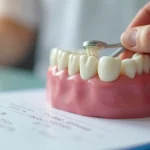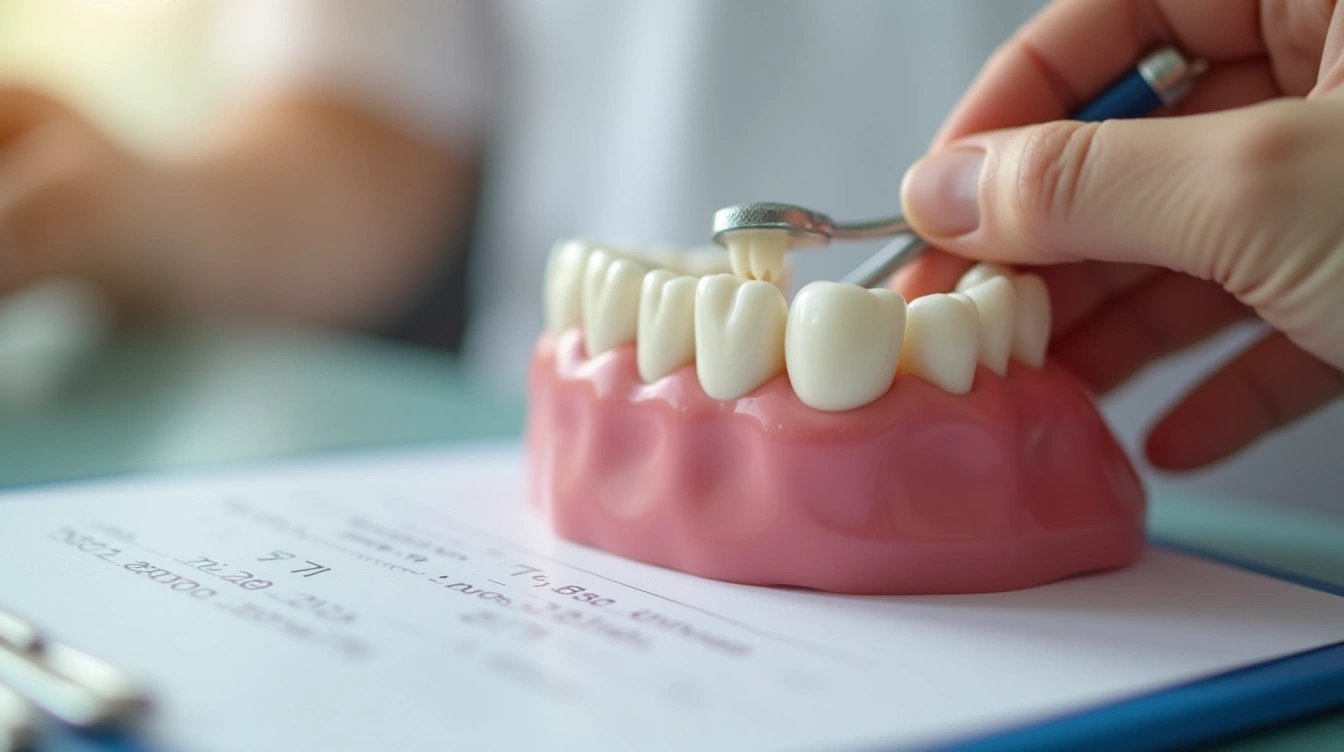Understanding periodontal disease: a comprehensive guide to gum health
Did you know that periodontal disease affects nearly 50% of adults over 30, according to the CDC’s latest 2024 data? This silent condition can progress from simple gum inflammation to serious bone loss, threatening your oral health and overall wellbeing. Understanding the signs, causes, and treatment options empowers you to take control of your gum health before irreversible damage occurs. Professional guidance from specialists like those at https://www.arenas-dentistes.com/ can make all the difference in preserving your smile for years to come.
What causes gum disease: identifying risk factors
Understanding the root causes of gum disease empowers you to take control of your oral health. While bacterial plaque serves as the primary culprit, multiple factors can increase your susceptibility to periodontal problems. Poor oral hygiene allows harmful bacteria to accumulate along the gumline, forming a sticky film that hardens into tartar. This bacterial buildup triggers inflammation and infection in your gums. However, some individuals face higher risks due to factors beyond their control.
In the same genre : How do UK health professionals ensure patient safety in high-pressure environments?
Genetic predisposition plays a significant role in gum disease development. If your parents experienced periodontal issues, you’re more likely to develop similar problems despite excellent oral care habits.
Lifestyle choices dramatically impact your gum health. Smoking restricts blood flow to your gums, making it harder for tissues to heal and fight infection. Additionally, chronic stress weakens your immune system’s ability to combat bacterial invasion.
Also to discover : What training programs are available for UK health professionals to enhance leadership skills?
Medical conditions like diabetes create ideal environments for bacterial growth due to elevated blood sugar levels. Hormonal fluctuations during pregnancy, menopause, or puberty can also make your gums more sensitive and prone to inflammation, requiring extra attention to your oral care routine.
Recognizing the warning signs and symptoms
Periodontal disease often begins silently, making early detection crucial for successful treatment. The first signs typically appear as subtle changes that many people dismiss as temporary irritation. Bleeding gums during brushing or flossing represents one of the earliest warning signals, even when the bleeding seems minimal.
As the condition progresses, inflammation becomes more apparent through persistent gum swelling and tenderness. The gums may appear red or purplish rather than their healthy pink color. Persistent bad breath that doesn’t improve with regular oral hygiene often indicates bacterial buildup beneath the gum line.
Advanced periodontal disease presents more serious symptoms that require immediate attention. Gum recession exposes tooth roots, creating visible gaps and increased sensitivity. You may notice your teeth feeling loose or shifting position, which occurs as the supporting structures weaken. Pain while chewing and the formation of deep pockets between teeth and gums signal significant tissue damage.
Early intervention makes the difference between simple treatment and complex procedures. Regular dental checkups allow professionals to identify these warning signs before symptoms become severe, preserving both your oral health and overall well-being.
Comprehensive treatment options for periodontal health
Modern periodontal therapy offers multiple pathways to restore gum health, ranging from non-surgical interventions to advanced surgical techniques. The choice of treatment depends on the severity of the condition and individual patient needs.
Each therapeutic approach targets specific aspects of periodontal disease, working to eliminate infection, restore healthy tissue, and prevent future complications. Here are the primary treatment options available:
- Scaling and root planing – Deep cleaning procedure that removes plaque and tartar below the gum line, smoothing root surfaces to promote healing and prevent bacterial reattachment
- Periodontal surgery – Flap procedures that provide direct access to affected areas, allowing thorough cleaning and tissue regeneration in advanced cases
- Gingival grafts – Surgical technique using healthy tissue to cover exposed roots and rebuild receded gums, protecting teeth and improving aesthetics
- Laser therapy – Minimally invasive treatment that targets bacteria and diseased tissue while promoting faster healing with reduced discomfort
- Periodontal maintenance – Ongoing professional cleaning program, typically every 3-4 months, designed to prevent disease recurrence and maintain treatment results
Your dental professional will develop a personalized treatment plan based on your specific condition and oral health goals.
Prevention strategies and daily care routines
Prevention is your best defense against periodontal disease. A systematic approach to oral hygiene can significantly reduce your risk of developing gum and periodontal problems.
Brushing is the cornerstone of this preventative routine. Use a soft-bristled toothbrush and adopt the Bass technique, angling the bristles at a 45-degree angle toward the gum line. Use gentle circular motions for at least two minutes, morning and night.
Daily flossing effectively complements brushing by removing plaque from interdental spaces inaccessible to the brush. Gently slide the floss between each tooth, forming a C-shape around the tooth surface.
Therapeutic mouthwashes containing antibacterial agents enhance this routine by reducing residual bacterial load. Choose formulations specifically designed for gum health.
Finally, schedule regular dental checkups every six months. These checks allow for early detection and professional scaling, essential elements for maintaining optimal periodontal health.
Advanced management and long-term care
Severe cases of periodontal disease require a sophisticated therapeutic approach and rigorous follow-up. When conventional treatments are no longer sufficient, specialists develop personalized protocols combining regenerative surgery, tissue grafting, and adjuvant therapies to preserve chewing function.
Interdisciplinary collaboration becomes essential in these complex situations. Orthodontists, prosthodontists, and periodontists coordinate their interventions to optimize results. This approach allows for the synchronized treatment of tooth movement, prosthetic restorations, and periodontal stabilization.
Long-term follow-up determines therapeutic success. Patients benefit from quarterly check-ups for two years, then semi-annual check-ups, with regular radiographic evaluations. Treatment adherence remains crucial: following prescriptions, rigorous oral hygiene, and smoking cessation are essential for the long-term success of treatments.
This preventive maintenance allows for the early detection of any relapse and the adjustment of protocols according to each patient’s clinical progress.
Frequently asked questions about periodontal health

Understanding periodontal health can feel overwhelming when you’re facing gum-related concerns. These frequently asked questions address the most common worries patients have about gum disease prevention and treatment options.
What are the early signs of periodontal disease?
Early signs include bleeding gums during brushing, persistent bad breath, gum swelling, and tenderness. You might also notice gums pulling away from teeth or changes in your bite patterns.
How can I prevent gum disease from getting worse?
Maintain excellent oral hygiene with twice-daily brushing, daily flossing, and regular dental cleanings. Quit smoking, manage stress levels, and address teeth grinding to prevent disease progression effectively.
What treatment options are available for severe gum disease?
Advanced cases may require deep cleaning procedures, antibiotic therapy, or surgical interventions. Your dentist will recommend the most appropriate treatment based on your specific condition and severity.
Can periodontal disease be reversed naturally?
Early-stage gingivitis can be reversed with improved oral hygiene and professional care. However, advanced periodontitis requires professional treatment, though natural approaches can support healing processes significantly.
How long does periodontal treatment take to work?
Initial improvements appear within weeks of treatment, but complete healing takes several months. Consistent home care and regular professional maintenance are essential for long-term success and prevention.


